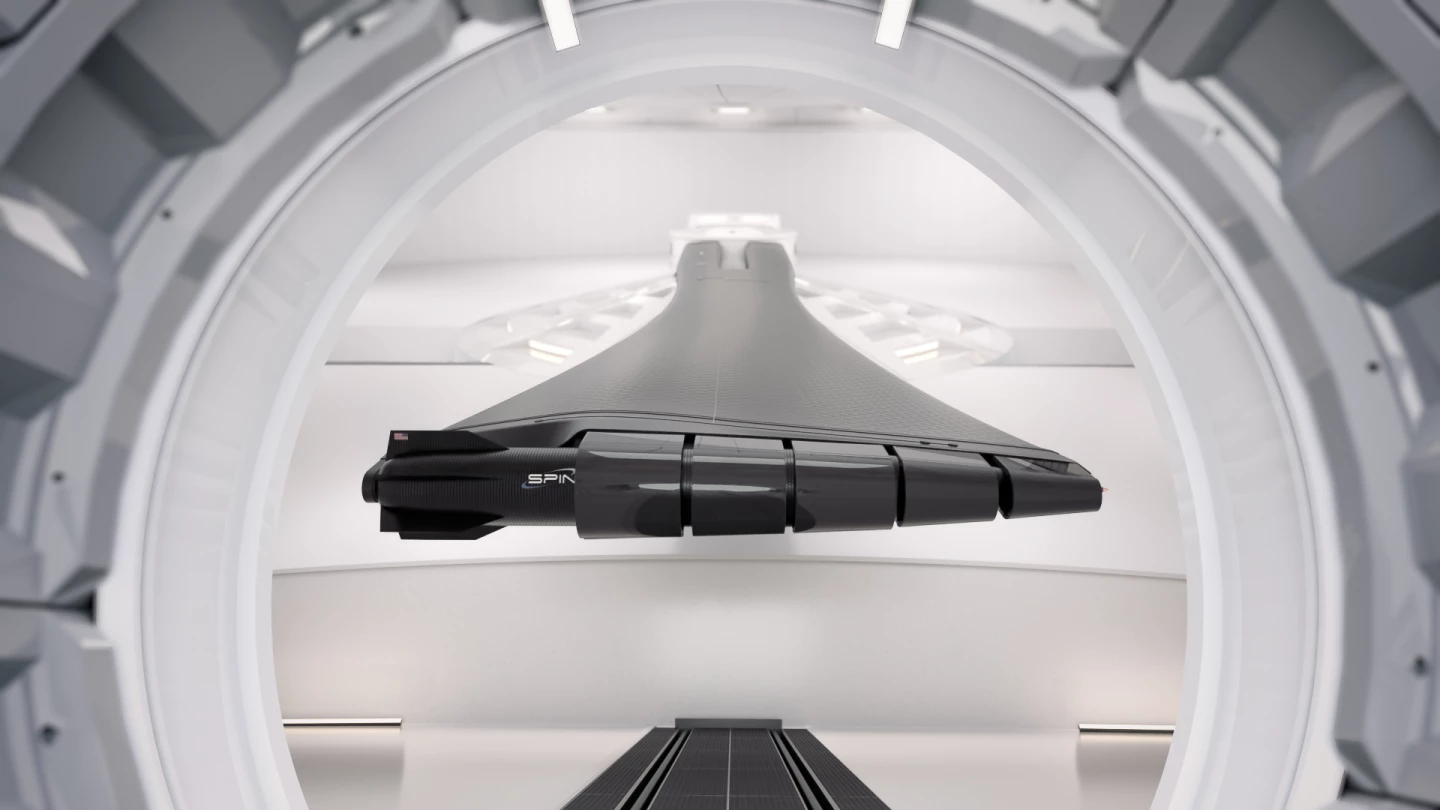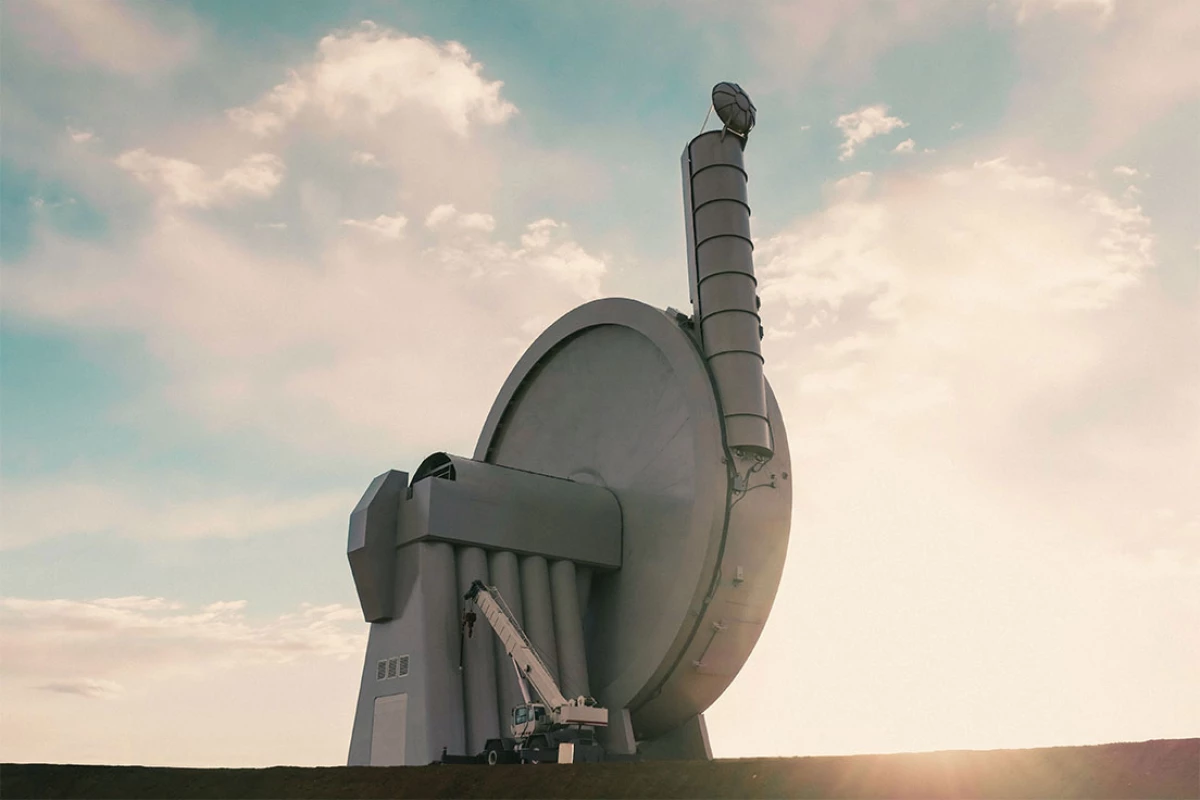NASA has signed up to test SpinLaunch's extraordinary whirl 'n' hurl space launch technology, which accelerates a launch vehicle to hypersonic speeds using an electric centrifuge instead of a rocket, hurling it skyward like a space discus.
The idea behind SpinLaunch is as staggering as the company's name is appropriate. The idea of winding up and throwing satellites most of the way into orbit just boggles the mind. But in initial testing, this company's kinetic launch system, which looks externally a lot like a turbocharger, has shown promise as an environmentally-friendly, and potentially cost-effective replacement for first-stage rocket launches.
Not all launches – nobody's suggesting astronauts should sit in a capsule enduring 10,000 G on the end of that long carbon-fiber arm as it spins up to extraordinary speed, then releases it skyward at more than six times the speed of sound (5,000 mph, or 8,047 km/h).
But the company says it'll be appropriate for smaller launch vehicles weighing up to about 440 lb (200 kg), carrying ultra-ruggedized satellites capable of dealing with the forces involved. The SpinLaunch system will do the first part, flinging them high into the air, where a second-stage rocket can take over and give them the final push into orbit.

And the advantages are pretty compelling. SpinLaunch says that eliminating the first-stage rocket from the launch vehicle will cut out some 70 percent of the fuel and structures needed by a traditional launch vehicle, and that it can get appropriate loads into orbit using a quarter of the fuel, and at a tenth of the price.
NASA is one of many parties interested in this possibility, and it's now signed a Space Act agreement with SpinLaunch to develop and integrate a NASA payload for this kinetic launch system, which will be flung skyward from Spaceport America, New Mexico, in a test flight later this year.

This, like all SpinLaunch "regular" test flights to date, will be a slower sub-orbital launch with a speed closer to 1,000 mph (1,600 km/h, Mach 1.3) than 5,000 mph. The payload will be designed to take a range of measurements, which will be analyzed by both groups. All non-proprietary information learned from this test will be published, and SpinLaunch says it's working towards its first orbital launch in 2025.
“SpinLaunch is offering a unique suborbital flight and high-speed testing service, and the recent launch agreement with NASA marks a key inflection point as SpinLaunch shifts focus from technology development to commercial offerings,” said SpinLaunch Founder and CEO Jonathan Yaney. “What started as an innovative idea to make space more accessible has materialized into a technically mature and game-changing approach to launch. We look forward to announcing more partners and customers soon, and greatly appreciate NASA’s continued interest and support in SpinLaunch.”
Check out a render video showing how this remarkable system will work below.
Source: SpinLaunch







